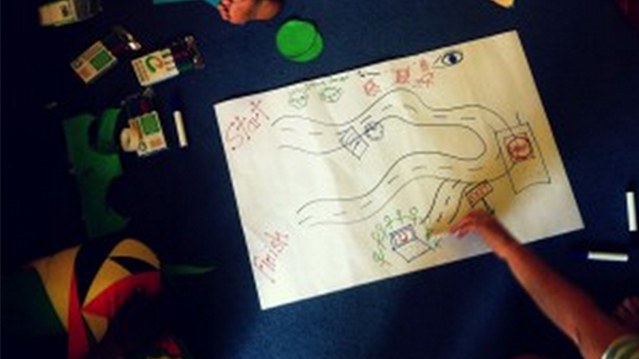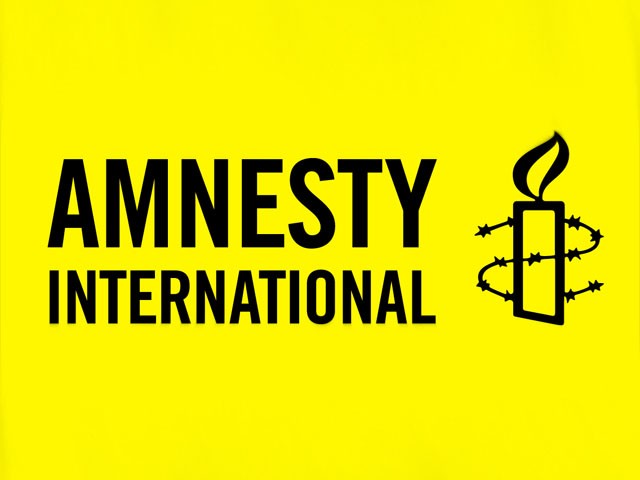The Story behind PANIC BUTTON
New technologies – such as social media and mobile Internet – have fundamentally changed how we shed light on and respond to human rights abuses. Today, almost anyone with a mobile phone can be a human rights monitor and challenge the abuse of power by capturing and sharing documentation of abuses as they happen.
And yet, technology brings new threats. Information Communication Technologies (ICTs) are becoming a battleground as journalists, citizens and activists seek inventive ways to protect the secure flow of information while governments invest in sophisticated technologies to intercept, monitor, track and censor those who challenge them.
In this context, a mobile phone has become a powerful tool but also a weapon that is used against activists. As individuals who speak up around the world continue to face reprisal for doing so, including attacks, arbitrary arrest, enforced disappearance, detention and torture, it is ever more important that they have access to fast and safe communications.
That is why Amnesty developed Panic Button with the aim of turning an activist’s mobile phone into a secret alarm that can help them to get help fast in an emergency. The app encourages peer-to-peer security planning and response.
Panic Button was the product of an open design process that we kicked off with OpenIDEO in early 2012. Since its inception, dozens of activists, volunteer designers, programmers and security experts have helped to develop the concept helping Amnesty to build the first version of the app.

Activists brainstorm and prioritise some of the potential features for ‘Panic Button’ in an open design workshop in Nairobi. © Amnesty International
The Organisations behind PANIC BUTTON
The Panic Button project is an initiative of Amnesty International in collaboration with key advisors and partners including Front Line Defenders, iilab and the engine room.
Panic Button also belongs to a wider community of advisors and friends. Special thanks go to the network of human rights activists from more than ten countries who have worked with us over the months to collaboratively design the app and have given many hours feeding back on the usability and functionality of the app.
A huge thanks is also owed to the many programmers and designers who have donated their time and skills to develop the app over the past two years. We are especially grateful to the OpenIDEO community for kick-starting the project and to ThoughtWorks who generously helped to develop the first working prototype of the app.
Panic Button was supported with seed funding from the Ford Foundation and was awarded a further £100,000 to build on and pilot the app thanks to the Google Global Impact Challenge.
<div class="col-lg-12 col-md-12 col-sm-12 text-center">
<img src="//panicinitiative.github.io/panicbutton.io/images/amnestylogo.jpg" class="col-sm-4 col-xs-12" style="margin-right:-4px; float:none; display:inline-block; vertical-align:middle; border: none;">
<img src="//panicinitiative.github.io/panicbutton.io/images/iilab-logo-new-color-4.png" class="col-sm-4 col-xs-12" style="margin-right:-4px; float:none; display:inline-block; vertical-align:middle; border: none;">
<img src="//panicinitiative.github.io/panicbutton.io/images/pasted_image_at_2013_12_18_12_36pm.png" class="col-sm-4 col-xs-12" style="margin-right:-4px; float:none; display:inline-block; vertical-align:middle; border: none;">
<img src="//panicinitiative.github.io/panicbutton.io/images/frontline-logo.png" class="col-sm-4 col-xs-12" style="margin-right:-4px; float:none; display:inline-block; vertical-align:middle; border: none;">
</div>
<div class="clearfix"></div>
<div class="col-lg-12 col-md-12 col-sm-12 text-center">
<img src="//panicinitiative.github.io/panicbutton.io/images/img-11.png" style="border: none;">
</div>
<div class="clearfix"></div>




